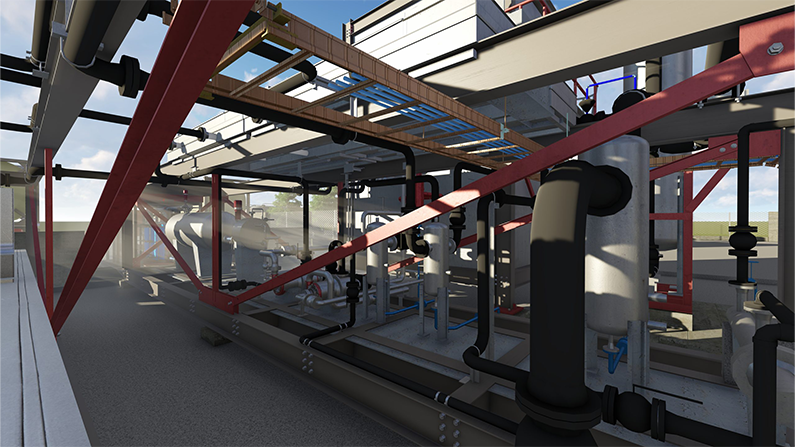This article is reproduced with permission from OwnerTeamConsultation (OTC).
For more information on OTC services please see www.ownerteamconsult.com
The article explores alternative ways of transporting natural gas (NG) beyond pipelines and LNG. It covers transporting gas as a liquid (Pressurized LNG and Gas-to-Liquids conversion), a solid (Natural Gas Hydrates and Adsorbed Natural Gas), and through wires (electricity). It discusses the developmental stages, economic viability, challenges, and potential applications of each method.
Pressurized LNG (PLNG) and Gas-to-Liquids conversion aim to reduce operating costs and turn NG into liquid fuels, respectively, though the latter is energy-intensive and emits Carbon Dioxide.
Natural Gas Hydrates (NGH) and Adsorbed Natural Gas (ANG) offer solid-state transport options for remote areas or vehicles with limited infrastructure.
The debate between gas pipelines and wires considers cost, infrastructure, storage, and environmental impact, with each method having its advantages. Ultimately, these alternatives complement traditional modes, catering to niche applications, with the future likely embracing a mix of these methods to meet diverse needs in NG transportation.

